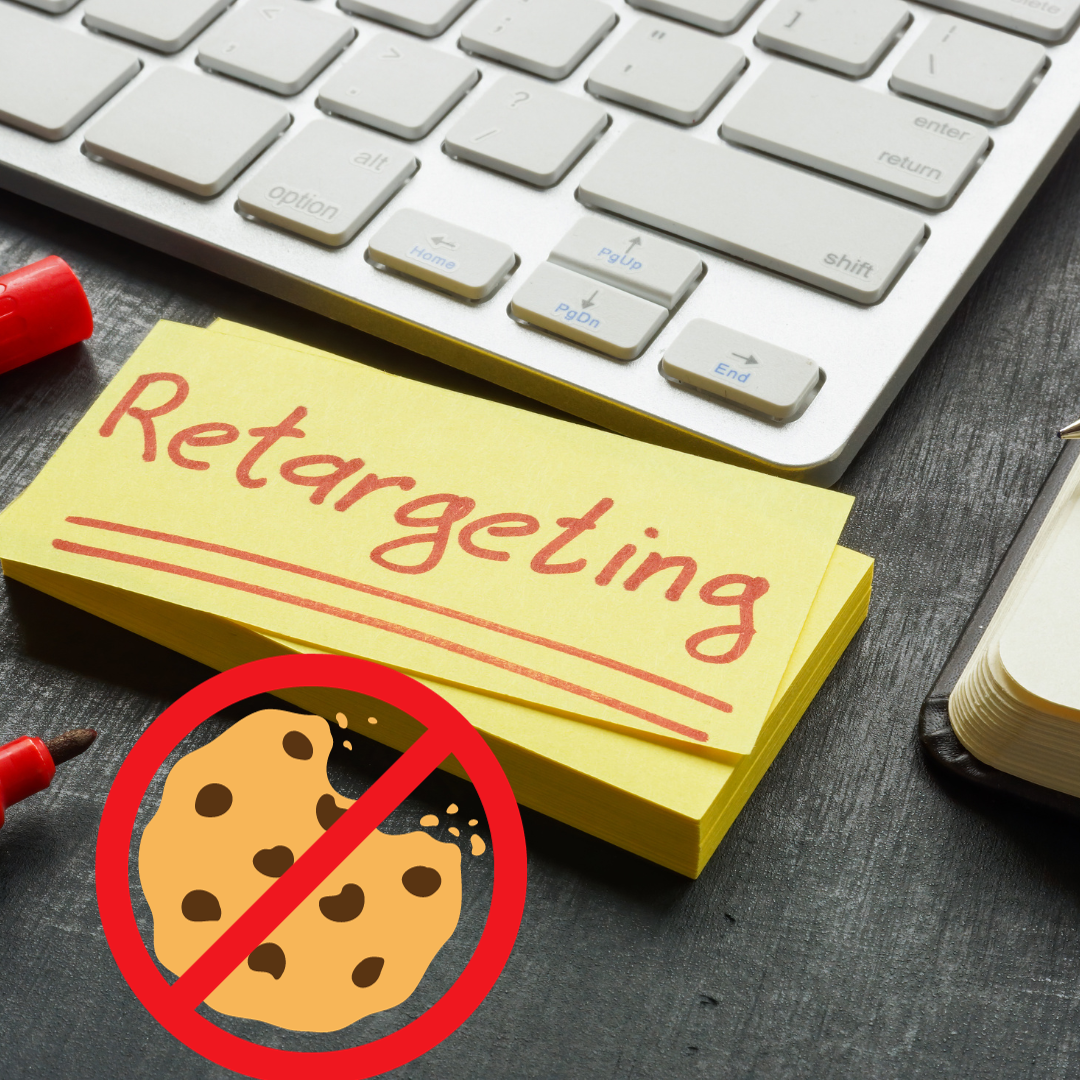The reason we are listing nine examples of demand generation is to show the possibilities of spotting hidden demand for your brand’s goods and services. The key is being able to utilize intent data – which is partly how the following businesses created major demand.
(Stick around until the end as we discuss those demand generation best practices).
Demand Generation Examples
- FlexSeal: No one knew they needed a product that could seal up a boat that had been sawed in half. Not until whacky infomercials created demand for it. Sure, the ads made this product famous. But numerous tests by third-party debunkers have proven, even to skeptics, this is a sealer that truly works wonders.
- Bottles of water: Ask anyone in the 1980s if they would pay for a bottle of water, and they would be shocked at the odd question. But once companies jumped on the bandwagon of promoting the health benefits of drinking water, this generated demand. This success could have come sooner, though, with better marketing since the first bottled soft drink was (likely) made by Schweppes – in 1783.
- Smartphones: Young people can’t imagine life without a smartphone, and older folks can’t imagine getting to dinner without a GPS in their pocket. Yet, it was demand generation that made way for these now-ubiquitous devices. First came computers, then laptops, then digital organizers (like Palm Pilots), then the iPod showed incredible possibilities that led to the iPhone. The rest is history as demand went to the moon and back.
- Coffee pods: What caused the rise in demand for single-serve coffee cups at home when a big coffee pot had been the norm for ages? Convenience and perhaps more adults living alone. Many factors play roles in new demand generation, so it’s hard to give credit to one event or trend. However, anyone in the industry paying attention could have seen the opportunity, even on a niche-level if they had studied data and looked at consumer patterns.
- GoPro camera: Need a camera that takes hours’ worth of video footage of you on a bike or in a kayak in the 1990s? If so, you would need a camera crew to haul those bulky camcorders around. Plus, where would you store all the footage or show it off? On VHS tapes sitting on your TV stand? GoPro came along at the perfect time. No coincidence either because the creators recognized demand as more everyday people wanted to document their not-so-everyday adventures. Plus, the internet made storing and showcasing videos possible.
- Louis Vuitton: You’re right. Some luxury brands don’t take a tactful approach to demand generation. Using the scarcity principle is smart marketing. But when that leads to allegedly setting your products on fire so there is never excess for a “clearance rack,” it eventually comes back to haunt a brand. Ironically, this fact is generating new demand – for sustainable apparel brands.
- Phone cases: You may recall an old Inc. Magazine article about a smart company that jumped on the smartphone trend fast. They didn’t make apps or write code. No. They simply designed and manufactured cases to protect these expensive glass devices. You would think this was an obvious need, but not unless you were tracking demand generation for smartphones when they first launched then went mainstream. It’s often the case that demand generation lands in your lap due to the arrival of a product that isn’t even on your radar. All those garage inventors who tried to make a safer egg carton missed their chance to protect iPhones, perhaps!
- Razors: We aren’t just talking about razor subscriptions that arose from Harry’s demand generation campaigns. If you have watched the popular 1883 and 1923 spin-offs of the Yellowstone TV series, you know what we mean. A quote from one episode mentions razor companies “doubling their customer base by making women feel like they should shave their legs.”
- Psychology: Books from experts like David Ogilvy and Robert Cialdini showed marketers how valuable psychology is when it comes to knowing how to sell to customers. This demand generation made way for hundreds more books from experts tapping into psychology to help advertisers sell more products (Nancy Harhut is a prime example).
Ok, there you have the nine demand generation examples… but one quick bonus is this… newsletters.
Great examples are The Hustle and 1440. Two very different publications, both widely popular. And with their popularity, many other aspiring newsletter companies and solopreneurs have cropped up after the potential of reaching millions via newsletters became apparent.
What Demand Generation Examples Have in Common?
Major revenue is left on the table by brands because they don’t realize the potential of generating demand. It’s not a complicated thing either because the examples above have several aspects in common. A few are below:
- Creators spotted patterns
- Trends were used to guide manufacturing and marketing decisions
- Timing was critical
- Products were improved, and those improvements highlighted in campaigns
Hopefully, those examples and keys to their success help your brand create new and expanded demand.
The bonus best practices are below, and if you want an easy way to spot demand for your products / services, look to your anonymous website traffic. Those hidden visitors are showing intent by being on your site! Capture those leads automatically with Smart Recognition’s AI (we have case studies showing the ability to double your subscription rate in 30 days).
Book a free demo of Smart Recognition and learn how to test it for 7 days for free.

Demand Generation Best Practices
Nothing wrong with ethically using the scarcity principle to increase demand for your offerings. Yet, it matters more that your brand is constantly focused on being a valuable asset to your audience. This is the number one best practice for generating demand for newer offerings. As long as your customers trust you, then selling them “the next big thing” will be much easier.
Lastly, businesses that market to the right segment of their list at the right time will find demand generation less difficult. For example, Smart Recognition makes it clear that this lead generation tool is built for brands in the US with traffic of roughly 15k per month. Proper segmentation helps us market to the audience we can help. No different than the phone case maker mentioned above that likely did not initially target people over 50 years old because, at the time, they were least likely to be early adopters of smartphones and didn’t need a phone case.



